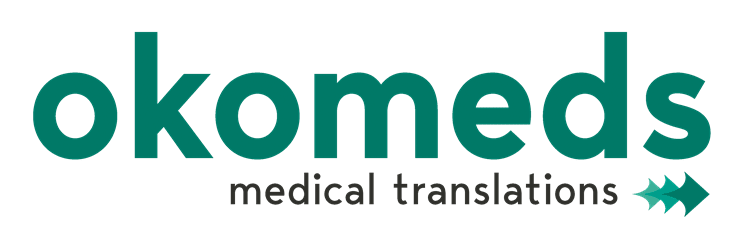
26 Nov The Five Most Common Mistakes in Clinical Protocol Translation – and How to Prevent Them
Imagine you’ve got everything ready to launch an international clinical trial… and a single ambiguous sentence in the translated protocol delays approval by three months. It happens more often than you’d think. In biomedical research, one word can mean the difference between an approved study and a stalled project.
Clinical trial protocols are the foundation of any study; they define objectives, methodology, inclusion criteria, and responsibilities. Translating them demands terminological precision, regulatory awareness, and a deep understanding of the scientific context. Yet errors are frequent – and costly.
-
Misinterpreting Medical or Scientific Terminology
The mistake
Protocols combine terminology from multiple disciplines: medicine, pharmacology, biostatistics, and clinical methodology. A non-specialist translator could misinterpret key concepts such as endpoint, washout period, adverse event, or double-blind study, completely altering the technical meaning.
How to prevent it
- Work with translators specialising in clinical research and trained in biomedical sciences.
- Maintain validated glossaries approved by the sponsor or CRO (contract research organisation).
- Include a medical or scientific review after translation to confirm conceptual accuracy.
-
Translating Regulatory Terminology Literally
The mistake
Each health authority (EMA, FDA, AEMPS, MHRA) uses standardised terminology. Translating expressions like investigational medicinal product dossier (IMPD) or informed consent form (ICF) literally, without using their official designation in the target language could lead to observations or outright rejection.
How to prevent it
- Always consult current regulatory guidelines and the official terminology used by each agency.
- Use updated regulatory termbases to ensure consistency across all study documents.
- Conduct a linguistic and regulatory compliance check (LQC) prior to final delivery.
-
Inconsistent Terminology Across Study Documents
The mistake
A clinical protocol rarely exists as a stand-alone document. It’s accompanied by related documents such as an investigator’s brochure, an informed consent form, a case report form (CRF), and a patient information sheet – all of which must maintain terminological coherence. Inconsistencies such as alternating “subject” and “participant” could create confusion or audit findings.
How to prevent it
- Develop a master study glossary approved by the sponsor and shared by all translation teams.
- Use translation memories dedicated to the study to ensure consistency across versions.
- Perform a comprehensive review before submission to ethics committees or regulatory authorities.
-
Failing to Adapt Content to the Target Audience
The mistake
While protocols are primarily intended for investigators and monitors, some sections – particularly those related to safety or consent – may be reviewed by patients, ethics committees, or non-medical staff. Overly technical language may breach ethical requirements for clarity and readability.
How to prevent it
- Identify the intended audience for each section of the document.
- Apply principles of clarity and precision, adjusting the level of technicality accordingly.
- Rely on native reviewers experienced in scientific writing and healthcare communication.
-
Neglecting Document Control and Formatting
The mistake
Clinical protocols are part of a formal regulatory submission. Errors in numbering, formatting, or cross-referencing can result in automatic rejections or correction requests. Moreover, inconsistencies between source and translated versions are a recurring source of documentation errors.
How to prevent it
- Implement a version control system to ensure full traceability across languages.
- Rigorously preserve the original layout, including tables, headings, and footnotes.
- Perform a final quality control (QC) review, combining automated checks and human proofreading.
Translating a clinical protocol is not merely about transferring information; it’s about preserving the scientific, ethical, and regulatory integrity of the study. A single mistranslated term could affect timelines, approvals, or even patient safety.
The key lies in multidisciplinary collaboration among medical translators, clinical reviewers, and regulatory specialists working within standardised processes, with robust terminology control and document validation.
Only then can clinical protocol translations truly deliver what research demands: rigour, consistency, and trust.








Sorry, the comment form is closed at this time.